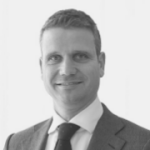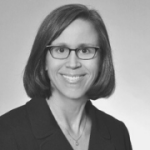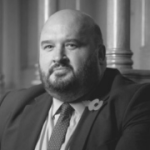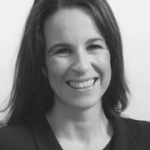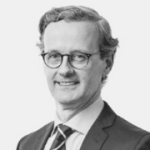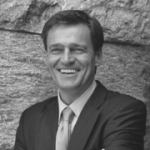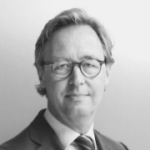Buildings account for nearly 40 per cent of energy-related carbon dioxide emissions, according to UNEP’s 2020 Global Status Report. The ecological footprint becomes even bigger when you consider how much water and raw materials are used. The long-term impact investors can have on improving buildings’ ecological footprint can be huge. This session examined investors’ role and outlines the importance of a common measurement framework.
Zsolt Kohalmi is Global Head of Real Estate and co-CEO of Pictet Alternative Advisors, the alternatives investments arm of the Pictet Group. Zsolt brings 26 years of pan-European investment experience and has invested in excess of $20 billion into all real estate asset classes in more than 20 European countries throughout several investment cycles.
Previously he was Managing Director and Head of European Acquisitions at Starwood Capital Group, one of the top 3 firms in global private equity real estate. At Starwood, he was instrumental in sourcing and executing a number of successful investments for Starwood Capital’s commercial, hospitality and debt platforms. Starwood was twice (2013, 2015) voted The European Private Equity Real Estate Firm of the year by its peers (PERE magazine) during his tenure. Prior to joining Starwood Capital in 2013, Zsolt was Chief Investment Officer at Meyer Bergman for 8 years, a European real estate investment firm that he co-founded. Before that he was a Director at GE Capital, where he acquired financial platforms as well as loan portfolios across Europe. Zsolt previously worked in investment banking with ABN AMRO Hoare Govett.
Zsolt, who is fluent in nine languages, holds an M.S. degree in economics from the University of Budapest and an MBA from INSEAD.
Tate has been an investment industry media publisher and conference producer since 1996. In his media career, Tate has launched and overseen dozens of print and electronic publications. He is the chief executive and major shareholder of Conexus Financial, which was established in 2005, and is headquartered in Sydney, Australia.
The company hosts more than 20 conferences and events globally each year and publishes three digital publications, including the global website and strategy newsletter for global institutional investors Top1000Funds.com, Professional Planner for financial planners, accountants and private bankers in Australia and Investment Magazine for Australian superfunds and institutional investors. One of the company’s signature events is the bi-annual Fiduciary Investors Symposium attended by global asset owners and hosted in the Americas and Europe.
Conexus Financial’s events aim to place the responsibilities of investors in wider societal and political contexts, as well as promote the long-term stability of markets and sustainable retirement incomes.
Tate served for seven years on the board of Australia’s most high profile homeless charity, The Wayside Chapel; and he has underwritten the welfare of 60,000 people in 28 villages throughout Uganda via The Hunger Project. In 2021 was appointed as a Member (AM) of the Order of Australia (General Division) for significant service to the community through charitable initiatives.
